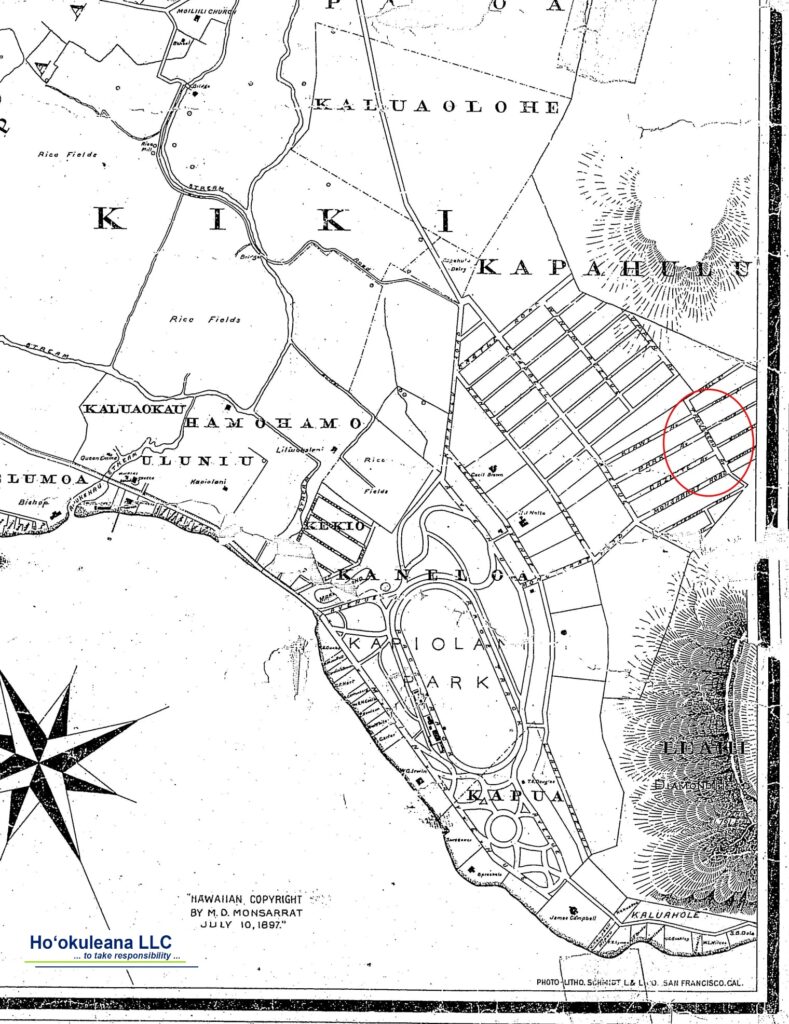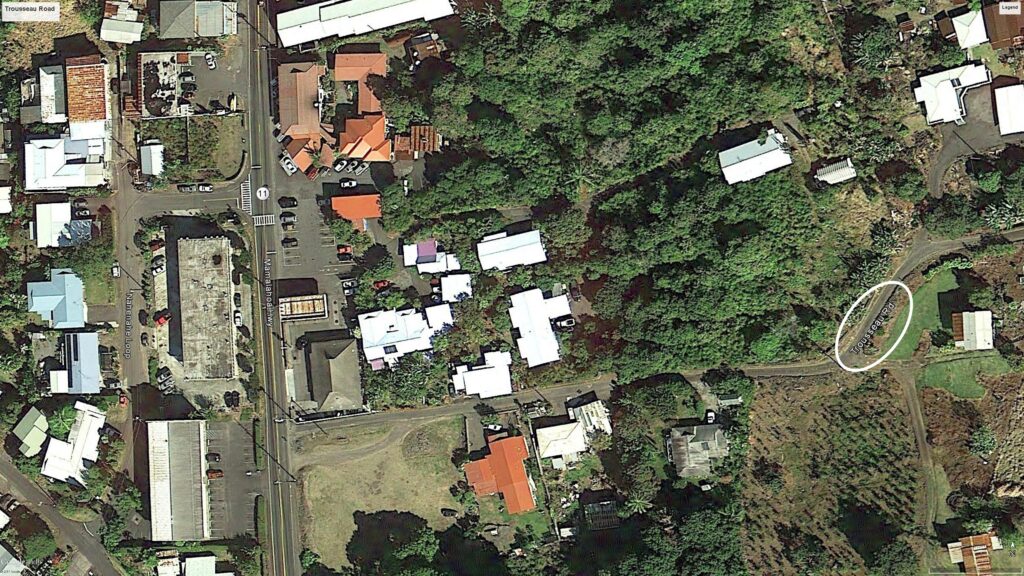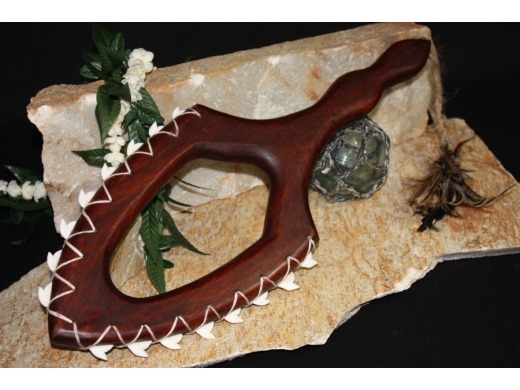As you might suspect, being a former math major – and, for a while, high school math teacher – I start a discussion about Hawaiian numbers and counting by simply saying that numbers matter.
Numbers talk to me, they help me see and explain the world around me … they help me tell stories.
It’s interesting to see that the Hawaiian word Hā – to breath, exhale; essentially, the breath of life – is also the word for four (4.)
Hmmm … you see, numbers do matter.
Four (and decimal multiples of it) shows up in other important Hawaiian things.
There were four Great Gods in Hawaiian tradition, Kāne, Kū, Lono and Kanaloa. Each has his area of responsibility or “departments” (essentially covering life’s needs.) (Kanahele)
Kāne heads the areas of procreation, fresh water, forests, certain plants and animals. Kū oversees war, politics, certain fish and shrubs, and trees. Lono is in charge of the peace, agriculture, the weather and healing. Kanaloa’s responsibilities suggest an important role of the oceans, voyaging and fishing.
When Hawaiians prayed, in order to include all aspects of God (not to omit or offend any of the akua,) they added to the prayer the words, “E Hoʻoulu ana I kini o ke akua, ka lehu o ke akau, na mano o ke akua” (Invoke we now the 40,000 gods, the 400,000 gods, the 4,000 gods.) (Beckwith)
Hoʻoulu ana I kini o ke akua (cause the growth to reach the edge or realm of the multitude of the gods,) Ka lehu o ke akau (the 400,000 of the North, or along the direction of the sunʻs course,) na mano o ke akua (within the repeated increase or multiplier from the gods,) seen in the symbol of the sharks as Mano-kalani-po. (Yardley)
There were four Kū days and were called the cluster days – Ku-kahi, Ku-lua, Ku-kolu and Ku-pau (planting potatoes, bananas or melons these days meant the bearing would be good.) (Fornander)
There were four ends of the earth – Kai Koʻolau, Kai Kona, Kahiki-ku and Kahiki-moe – north, south, east and west. (Fornander)
In Hawaiian, specific numerals involving four are reported for fish (kaʻau is used for counting fish,) kapa (ʻiako in counting tapa,) canoes (ʻiako) and tubers (kanahā in counting rope, cord, bundles of food) (Beller; Schmitt)
Fornander notes that the Polynesian language gives undoubted evidence that at one time the people who spoke it did not count beyond four, and that its ideas of higher numbers were expressed by multiples of four. They evidently counted one, two, three, four, and that amount called “kāuna” was their tally, when the process was repeated again. (Fornander)
A unit of four is kāuna, a term that perhaps arose, according to Alexander, “from the custom of counting fish, coconuts, taro etc., by taking a couple in each hand, or by tying them in bundles of four.”
Other speculation for using four as a secondary base assumes that it originates from the main patterns of basket-weaving and in astronomy. Beyond this pragmatic reason, four was also of extreme significance in a spiritual context. (Johnson; Beller)
Present day counting is generally based on a decimal system, where ten is the base number. Ancient Hawaiians used a mixed-base system, comprised of base 4 elements and base 10 elements.
Although words for numbers from one (ʻakahi) to ten (ʻumi) were typically short, larger numbers were often polysyllabic. Early foreign residents like missionary EW Clark recorded numbers as high as 40,000 (kini), 400,000 (lehu) and even 4,000,000 (nalowale.) (Schmitt)
“When they had arrived at 40, they returned to one and counted to 40 again,” Clark noted. “The words ʻiako and kaʻau are sometimes used for 40 instead of kanakā.” (Schmitt)
Four was a formulistic number (adhering or conforming to some recognized formula.) Pukui uses the term ‘pāhā’ to describe this – meaning, by fours, four at a time, four times; to distribute to four; to divide by four.
Numbers matter.
(The HĀ image is from the Polynesian Cultural Center’s Hā Breath of Life.)











































